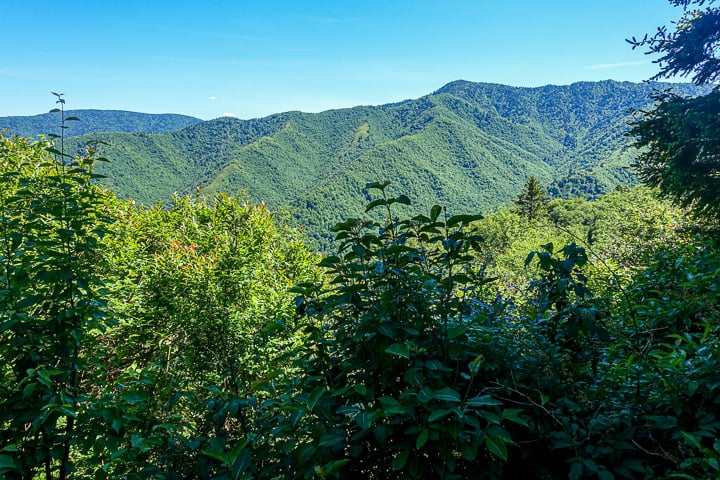But truly, I like to think of backcountry adventures in a similar way to my vet school anatomy classes. Anatomy is the building block on which just about everything I do in practice is built upon. What we’ll discuss in these emails will lay the foundation for a safe hike, with the added bonus of it making your experience more enjoyable.
Today, however, instead of jumping straight into gear talk and all that fun stuff, we’re starting with something even more basic: Figuring out what type of environment you’ll venture into first and what time(s) of year you want to explore it. It’s important to think about that first, because everything from your gear choices to the skills and knowledge you need before hiking trickle down from that, to some extent.
And if you’re not entirely sure what I’m referring to, consider the following National Parks as broad examples of environmental diversity:
Great Smoky Mountains National Park
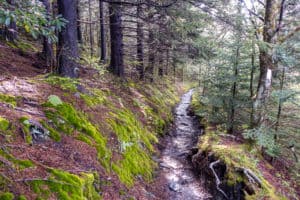
Grand Canyon National Park
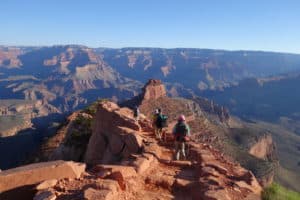
Rocky Mountain National Park
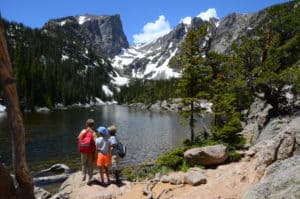
Everglades National Park
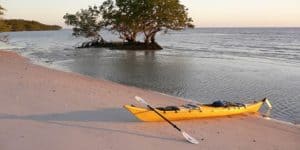
Photo from NPS website
You’ve got a little homework to do: I have a little pop quiz/survey waiting for you right here. I promise, it’s fast and easy! Unlike tests in school, this one isn’t graded and I won’t know how you answered the questions specifically–I’ll just get a summary of people’s choices without attached to it.
It will help you as you delve deeper into the nuts and bolts of gear selection. We’ll talk about what you need in your pack no matter where you hike and how gear choices can vary depending on the region in which you are hiking.
That’s it for today! Go forth into the world and have a fabulous day, friend! 🙂
Happy trails,
Nancy
